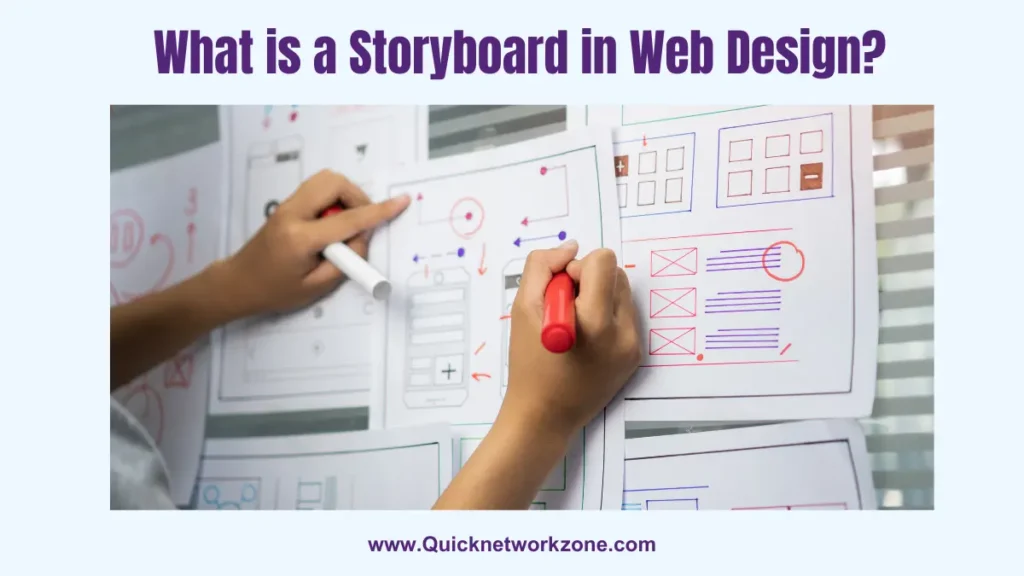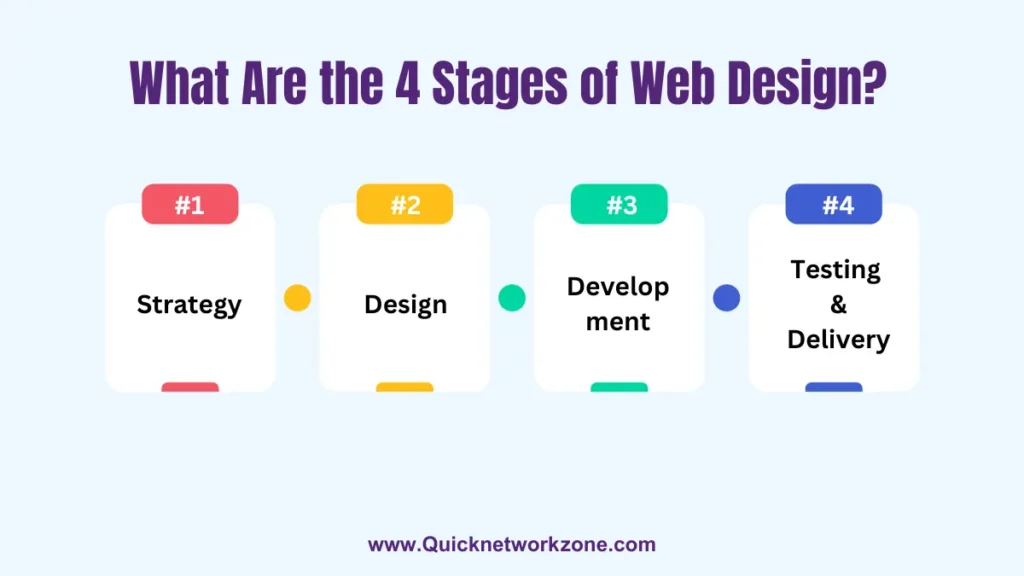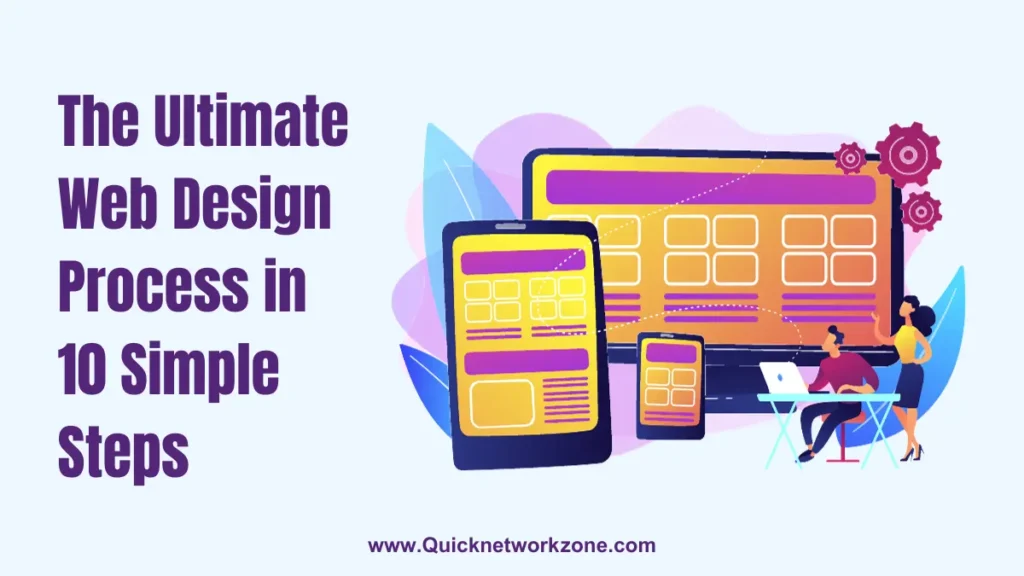The 4Cs – Contrast, Repetition, Alignment, and Proximity – are four key design principles that help interfaces feel more intuitive, usable, and visually-appealing. Though simple, mastering their application takes knowledge and practice. Contrast makes certain items stand out to indicate their importance. Repetition uses consistent design elements to unify and brand experiences. Alignment creates invisible lines that connect and organize items. Finally, proximity spaces related things near each other so they feel grouped. By considering the 4Cs, designers craft interfaces that feel clean, usable, and polished.
Key Takeaways
- The 4Cs of design – Contrast, Repetition, Alignment, and Proximity – are key principles that help create clean, functional, and aesthetically-pleasing interfaces.
- Contrast focuses on making important elements stand out from less critical ones to establish visual hierarchy. This enhances scannability and comprehension.
- Repetition builds connections through repeating design elements like colors, fonts, shapes. This creates cohesion and strengthens branding.
- Alignment creates invisible lines that connect elements, guiding the eye to establish relationships between components. This adds order and polish.
- Proximity groups related items together through strategic spacing. This clusters common elements to improve intuitiveness and navigation.
Visual design plays a crucial role in the interfaces we interact with every day. Thoughtful design choices transform functional tools into intuitive and enjoyable products that delight users. Mastering interface design requires understanding key principles that dictate how we perceive digital spaces.
The 4Cs – Contrast, Repetition, Alignment, and Proximity – represent four such vital concepts. Though seemingly basic, their expert application creates interfaces with enhanced usability, aesthetics, and branding. This comprehensive guide will explore this fantastic four in-depth so you can level up your design skills.
We’ll uncover what makes each C powerful along with tips for using them effectively. You’ll soon view interfaces with new eyes – able to pinpoint the 4Cs’ influence on styles and interactions. Equipped with this knowledge, you’ll craft more functional, intuitive digital environments aligned to human cognition. So let’s dive in!
Contrast
Contrast focuses on differentiating important elements from less critical ones to establish visual hierarchy. This guides users to key areas efficiently while de-emphasizing secondary details. Contrast ultimately enhances scannability and comprehension.
Why It Matters
Contrast directs focus because our eyes instinctively gravitate toward variation. We pick up on differences in color, size, shape, space, fonts, imagery, and more. Designers exploit this tendency to highlight must-see components without overwhelming displays.
Without contrast, interfaces become visually flat causing aimless wandering eyes. Lacking highlights, nothing stands out so everything competes for attention equally. This taxes brains unnecessarily to determine relevancies independently.
Tips for Using It
When applying contrast, aim for balance. Overdoing differences creates disjointed designs just as too little contrast flattens them. Thoughtfully accentuate critical zones and downplay secondary ones just enough for hierarchies to emerge.
Use sparingly – Reserve strong contrasts for your most significant elements to maintain their power. Contrast’s effectiveness diminishes the more it’s leveraged so use judiciously.
Watch values – Don’t push differences to extremes. Subtle variations often suffice for establishing adequate hierarchies without introducing chaos.
Mind color contrasts – Some color pairings provide insufficient contrast, making elements hard to distinguish for those with color blindness or visual impairments. Always verify enough underlying luminance contrast exists.
Highlight CTAs – Use contrast to accentuate calls-to-action (CTAs) so they stand apart from surrounding details and compel interaction.
Examples
1. Bold nav links
Menu items remain black but page links appear bold to indicate users’ location. The higher contrast signify current pages using variation subtly.
2. Secondary clickables
Links underlined in less prominent colors recede appropriately since they live lower in hierarchies being supplementary actions.
3. Prominent signup button
The signup button pops due to its filled styling and contrasting color that separates it from the outlined buttons nearby. This successfully spotlights the primary CTA.
Editor Note: Using contrast draws eyes to critical spots to enhance comprehension of what matters most.
Repetition
Repetition focuses on echoing the same design elements – like colors, fonts, shapes, imagery, etc. – to strengthen connections between interface components. This builds branding, cohesion, and learnability.
Why It Matters
Our minds instinctively associate recurring patterns with relatedness and meaning. Repetition therefore unifies disjointed parts into wholes we recognize belong together. Through this blending, repetitive styles come to represent broader identities. For example, YouTube’s red accents signify its brand wherever they appear.
Interfaces without repetition seem fragmented, requiring more mental effort to parse how mismatched sections connect. And with no central styles acting as anchors, branding gets lost.
Tips for Using It
Avoid universally applying repetitive elements without strategy. Overuse breeds boredom while targeted re-use strategically bonds components. When leveraging repetition:
Identify branding elements – Determine which special colors, fonts, logos warrant reuse for brand-building then echo intentionally.
Repeat with purpose – Don’t overuse elements merely for repetition’s sake. Reuse where specific connections support user goals.
Cohere complex flows– On complicated journeys with many phases, repeat branding, styles, and messaging to stitch steps together.
Maintain balance – Allow some variation alongside repetition to add flair. Echoes don’t mean verbatim copying.
Examples
1. Color-coded journeys
This form changes background colors during steps but keeps brands’ styling across phases to link progressive actions together.
2. Consistent error messaging
Inputs reveal matching error messages so warnings seem connected to their fields through consistent location, colors and language.
3. Aligned article headers
These article titles mirror one another’s structure and style despite discussing different topics to imply blog-wide cohesion.
Editor Note: Leveraging repetition builds connections, strengthening branding and bolstering learnability.
Alignment
Alignment focuses on forging invisible lines that connect elements through mindful positioning. This adds order, polish and organization that enhances comprehension.
Why It Matters
Our brains crave order automatically seeking patterns. Aligned designs deliver by providing roadmaps we easily follow. Elements line up along consistent axes acting like tidily arranged ducks that relieve decoding stress.
Conversely, misaligned items seem messy forcing extra assembly. We must visually join disparate dots to make sense of scattered components and ferret out relationships. Like puzzles, relationships eventually emerge but aligned designs reveal connections effortlessly.
Tips for Using It
Beware alignment trapping you arbitrarily. Its power emerges through strategy, not merely snapping elements to line up. When aligning:
Map user paths – Determine ideal content ordering and action sequencing first, then align layouts to match.
Set strong anchors – Establish anchoring gridlines or margins early that widely spaced elements can mirror.
Align meaningfully – Position significances – not just shapes – along the same tracks so aligned items relate logically.
Give breathing room – Add minor inconsistencies in spacing to keep aligned collections from looking rigidly mechanical.
Examples
1. Multi-column form
Fields right-align neatly despite spanning separate columns so scanning from left to right flows smoothly.
2. Card layout
Though differently sized and shaped, these cards share a common baseline adding invisible alignment that tightens up their grouping.
3. Icon labels
The field icons and their text align precisely lending polish that makes these inputs feel more responsive.
Editor Note: When used thoughtfully, alignment forges connections between elements that boost comprehension.
Proximity
Proximity focuses on clustering related elements near one another so viewers perceive them as related groups. This enhances intuitiveness and navigation.
Why It Matters
Our minds navigate spaces by seeking related concepts that inform next steps. Proximity guides this progression by assembling associated things into contextual hubs we flow between. Like walking through a well-signed airport, proximate landmarks funnel movement optimally.
Without proximity, functions seem disconnected even if they serve complementary goals. When forced to hop between disparate zones, we waste mental energy determining if jumping is necessary. Proximity eradicates this inefficiency by supplying relatedness guides.
Tips for Using It
Beware proximate groupings feeling arbitrary or accidental through careless spacing. Cluster components based on meaningful relationships that advance user journeys. When tweaking proximity:
Map user needs first – Determine optimal progressions between functional spaces before defining layouts and groupings.
Watch negative space – Pay equal attention to spacing between groups as styling groups themselves for clarity.
Balance density – Allow some breathing room around clusters but consolidate related families enough for tight associations.
Use dividers – Separate unrelated groupings with distinct visual markers like ruling lines that deter mingling.
Examples
1. Media controls
Music controls bunch by functionality – with playback tools together and track utils side-by-side despite living in different widget sections.
2. Paired sort & search
The sort menu and search input snuggle closely to imply an association even lacking visual links so their interplay feels natural.
3. Topical article chunks
These articles cluster by theme to help readers who know their interests navigate directly to appealing topic hubs.
Editor Note: Proximity connects dots between related elements so people intuitively grasp functional pairings.
Putting the 4Cs Together
Though we’ve explored the 4Cs separately, they combine synergistically to craft interfaces that pop. Contrast organizes focus so people know where to look. Repetition creates unity between parts so disparate zones feel cohesive. Alignment neatens up layouts so they feel polished and considered. And proximity clusters associated functions so people navigate spaces intuitively.
Together, they help transform tools into fluid and visually-engaging products people love to use thanks to thoughtful styling choices rooted in human perception. So be sure to consider all four C’s when designing any digital environment. Aligning designs to cognition pays dividends in the experiences delivered.
People Also Ask about the 4Cs
Still hungry for more 4Cs knowledge? Here are some common questions about these key design principles to help strengthen your mastery:
What are some other key design principles beyond the 4Cs?
Beyond the 4Cs, additional design principles that improve interfaces include:
- Hierarchy – Establishing clear visual rankings for elements so people know what matters most.
- Balance – Distributing visual elements evenly across layouts for stability and proportion.
- White space – Adding breathing room between components to reduce congestion and direct focus.
- Consistency – Maintaining steady styles and patterns so interactions feel familiar and predictable.
Combined with strong information architecture and interaction design, these qualities help craft digital environments that click with human cognition for optimized efficiency and delight.
How can a homepage demonstrate effective use of the 4Cs?
Homepages present prime opportunities to showcase the 4Cs gracefully. Contrast can highlight critical spotlights and calls-to-action against background details. Repetition of headline fonts, colors, and messaging builds branding recognition. Strong alignment of imagery and sparse text establishes order rapid scanning requires. And proximity clusters featured content in intuitive groupings by theme so people find relevant sections faster through clear associations.
How do the 4Cs influence mobile interface design?
On smaller screens, leveraging the 4Cs becomes even more crucial. Contrast helps key actions stand out so people can trigger them easily with less precise touches. Repetition makes consistent styling cue brand recognition swiftly during mobile micro-interactions. Alignment adds visual polish that boosts perceived quality on humble screens. And proximity provides contextual hubs for common mobile activities to facilitate tasks through related groupings. So the 4Cs prove even more potent for mobile optimization.
Final Thoughts: The 4Cs
And there you have it – a complete look at Contrast, Repetition, Alignment, and Proximity. Though seemingly simple, these four design concepts profoundly shape digital interfaces thanks to their roots in human intuition. Optimizing screens for our mental patterns and preferences takes some knowledge and practice – but pays off tremendously in more usable and delightful products. By considering the 4Cs in your work, you’ll design with human cognition, not just aesthetic taste. So keep this fantastic four in mind as you craft to better connect interfaces with the people relying on them!




![Responsive Web Design: Best Practices and Considerations [3 Examples Included] Responsive Design: Best Practices and Considerations](https://quicknetworkzone.com/wp-content/uploads/2023/11/2-1024x576.webp)